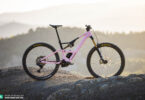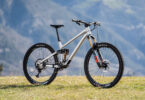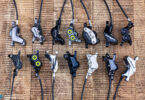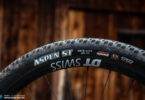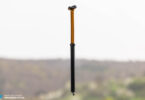Fresh news from the launch: Kona Precept and Process 2015

To present their new 2015 models, the Canadian-American bike brand Kona invited the international bike media to the bikepark Serfaus-Fiss-Ladis in Austria. We had the opportunity to test the new models for three days on the diverse bikepark trails. In this article, we’ve put together Kona’s most exciting highlights for the trail usage.

The bikepark in Serfaus-Fiss-Ladis proved to be a good choice as location for the launch. With its diverse combination of flowy four-cross style descents, some natural trails, steep mud sections as well as big drops and fast jumps, it was an ideal testing ground for the new bikes. In addition to the bikepark trails, a cable car gave quick access to the alpine Frommes trail. It starts at impressive 2460 m altitude and is a great mix of demanding rock sections, fast ravines with loose soil and some really technical sections – singletrail fun just as it should be!
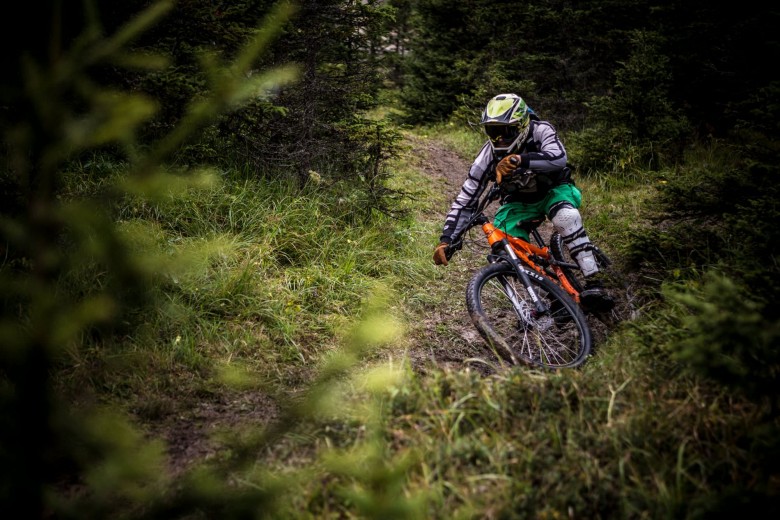
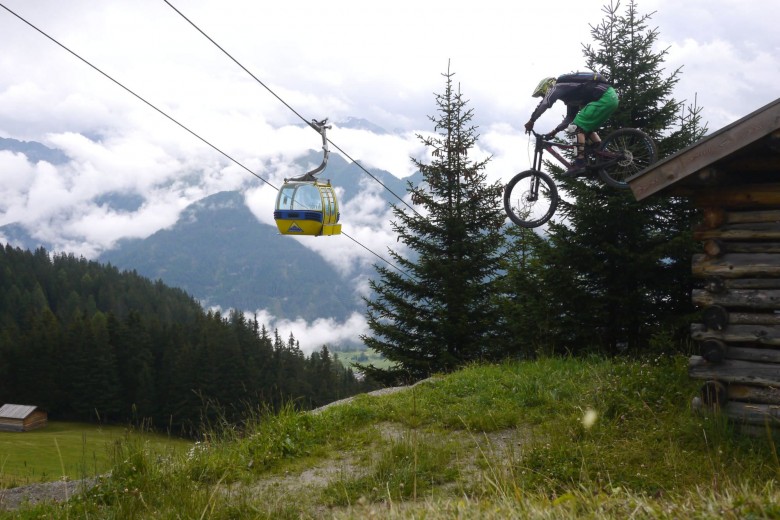
Kona invited a lot of international journalists to their launch, magazines from all over the world were present. We tested the new Kona fleet together with editors and testriders from the UK, Italy, Spain, the USA and many other countries.
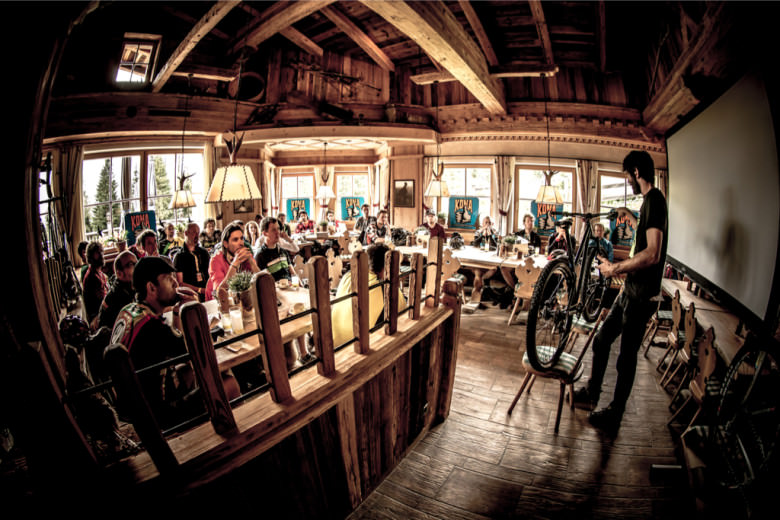
For trail riders, especially two of Kona’s bikes are interesting. The very variable Process enduro platform and the fast Precept trailbikes. Both platforms were already introduced last year, but now come with some improvements.
The Kona Process 2015 will be offered in a total of seven builds, ranging from a 29″ version with 111 mm of travel over the lean all-mountain model with 134 mm travel up to a more hardcore version with 167 mm of travel. Although all models look pretty similar, every bike has its own geometry and build kit and is optimised for its intended usage. What all Process Bikes have in common are short chain stays and a low bottom bracket for a maximum of control and agility and a rather long top tube for stability.
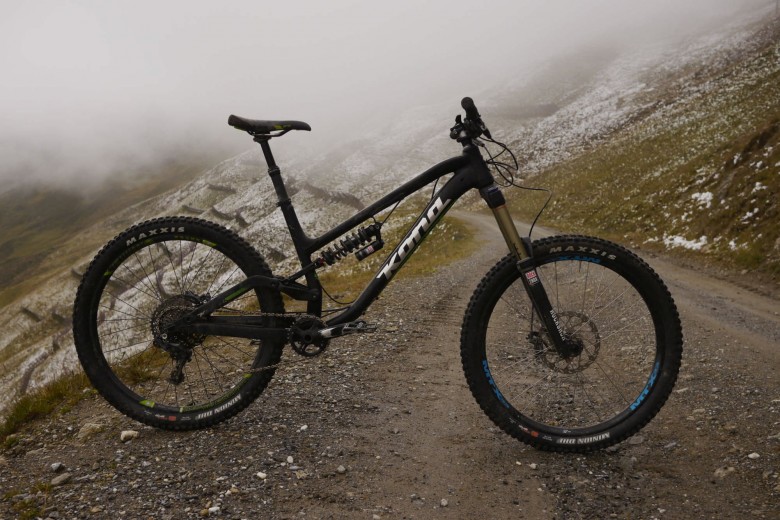
The really pedal-efficient Kona Process 134 is offered in three different versions. The basic model will cost 2.500 EURO and has a solid spec-list with the Monarch R rear shock and the Silver TK Solo Air, both from RockShox. Brakes and drivetrain are a mix of SRAM X.5 (front derailleur), Shimano Deore (brakes) and Shimano XT (derailleur).
The Kona Process 134A DL offers runs on a RockShox suspension too, but with the higher performance Revelation RL and Monarch RT. The drivetrain is a good working mix of SRAM X.7 (front derailleur), Shimano XT (derailleur) and Shimano SLX (shifter).
For women and smaller riders, Kona offers the Kona Process 134 SE, which is optimised with a lower top tube and a shorter wheelbase. The size XS fits for people smaller than 163 cm. Unfortunately, it’s offered in the US only.
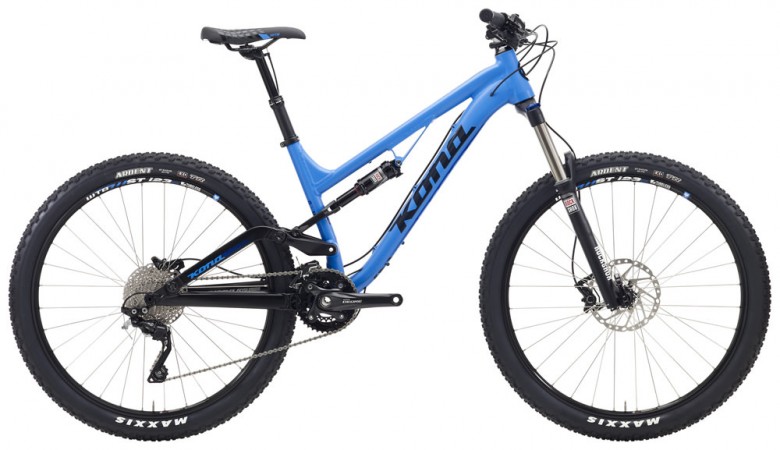
Those who like good rolling 29″ wheels, should have a look on the Process 111. It combines the big wheels with 111 mm of travel (RockShox Monarch RT and Pike RC) with an SRAM X1 drivetrain and Shimano SLX brakes. The price of this build is not yet available.
The best compromise of pedal efficiency and downhill performance is promised by the Kona Process 153 (DL). With 27.5″ wheels, 153 mm of travel, short 425 mm chainstays and an head tube angle of 66.5″ this bike was among our favorites for most of the tracks. We’ll publish a full review next week, so stay tuned!
The Process 153 is available for 3.200 EUR with practical components (RockShox Monarch Rt, Pike Solo air, SRAM X.9 drivetrain and Shimano Deore brakes) or in a more advanced “Deluxe” build for 4.500 EUR, running SRAM’s X01 drivetrain.
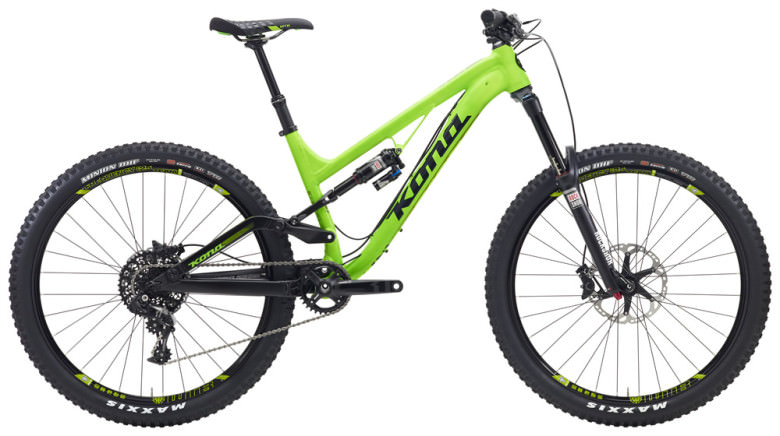
Looking for more travel? The Process 167 could be the right package. Equipped with 167 mm of travel, RockShox Vivid Air RC2 rear shock and Lyrik DH fork it’s made for serious shredding. SRAM Guide brakes provide good braking power, the drivetrain is a SRAM X01. Price-point: 4.500 EUR.
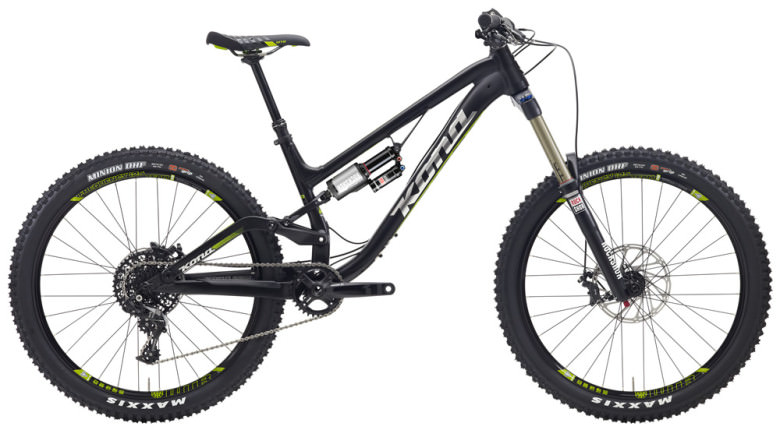
In contrast, the Kona Precept (DL) is a light, agile and very efficient trail bike, aimed at beginners: priced at only 1.200 EUR, the cheapest build could be a perfect bike to start out with. Featuring the RockShox XC fork, a Fastrax AF-1 rear-shock, Shimano Deore drivetrain and Tectro HDC brakes, no one should expect performance miracles, but considering the price, it’s a good offer.
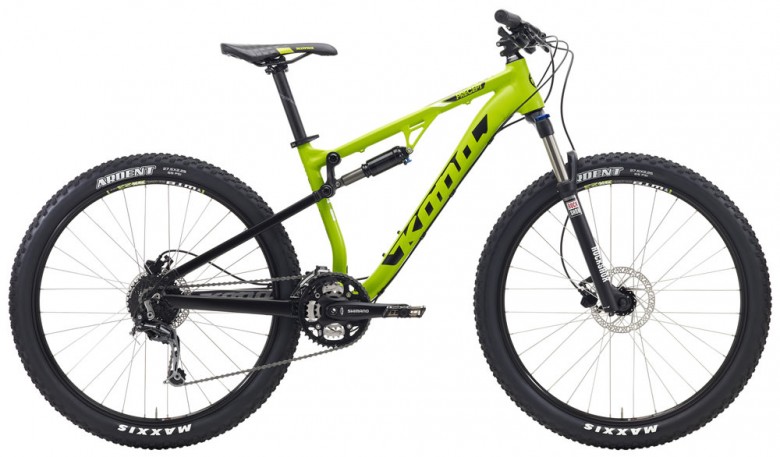
Also quite cheap: For 1.500 EUR, the Kona Precept DL offers a RockShox Monarch R rear shock and a Sektor Silver fork. Drivetrain and brakes are a mix of Shimano’s Alivio, Altus, Deore and SLX group. We were curious how a bike for so little money would perform, and so we tested the Precept DL both in bikepark and on trails. The full review will be up next week – stay tuned!
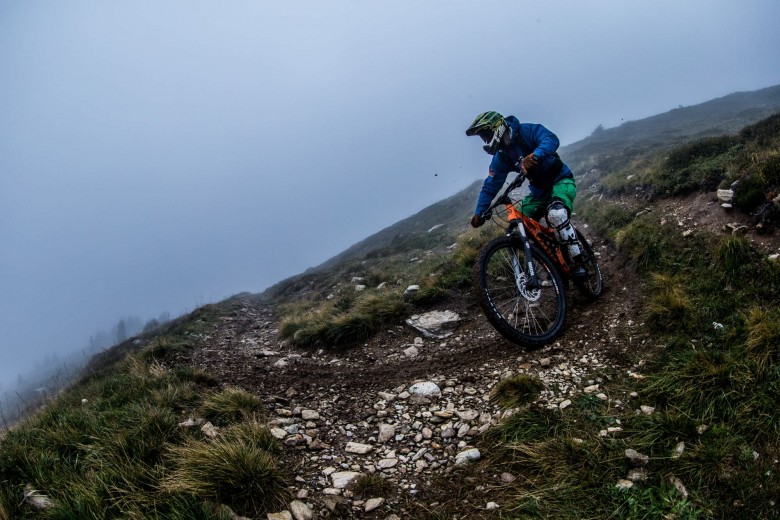
All together, Kona’s line-up for 2015 is a wide range of interesting bikes, each of them built for its specific use. The idea, to use the same suspension platform for multiple bikes and fine-tune it to fit the different demands seems to work.
Words: Tobias Döring Photos: AleDiLullo / Joonas Vinnari / Tobias Döring
Did you enjoy this article? If so, we would be stoked if you decide to support us with a monthly contribution. By becoming a supporter of ENDURO, you will help secure a sustainable future for high-quality mountain bike journalism. Click here to learn more.



